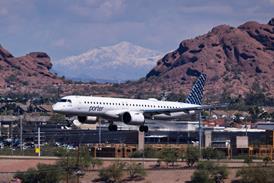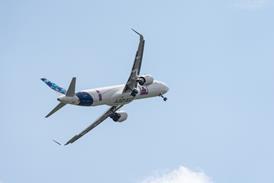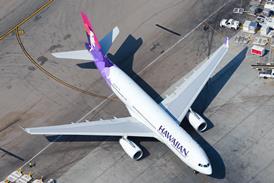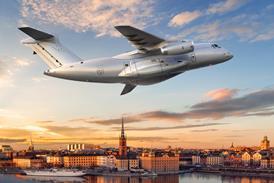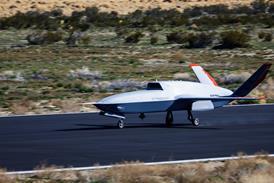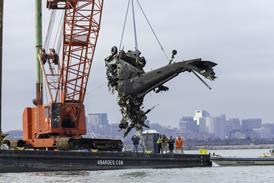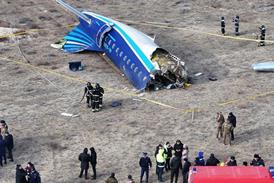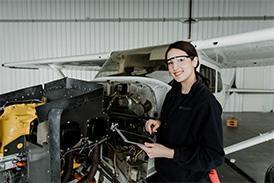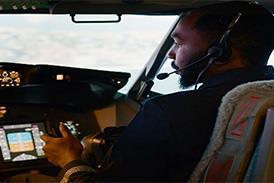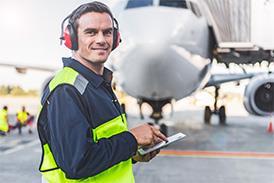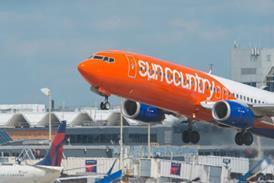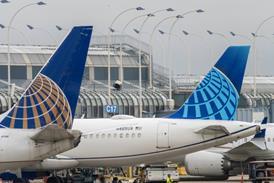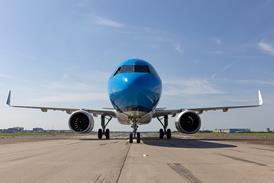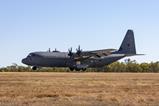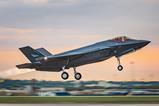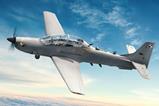The US Navy (USN) expects to sign a contract within less than two years to begin replacing its fleet of Boeing T-45 Goshawk jet trainers, after issuing its latest request for information (RFI) linked to the requirement on 31 March.
According to the service’s revised call for a new Undergraduate Jet Training System (UJTS), not only will the selected type not be required to land on an aircraft carrier, it also will no longer need to conduct so-called field carrier landings simulating the activity at a land base.
“Due to advancements in operational platform landing modes and in ground-based simulation, the UJTS air vehicle will only be required to conduct field carrier landing practice to wave off,” the USN says. This will remove the need for potential candidate aircraft to receive complex updates such as the addition of a strengthened landing gear and tail hook.
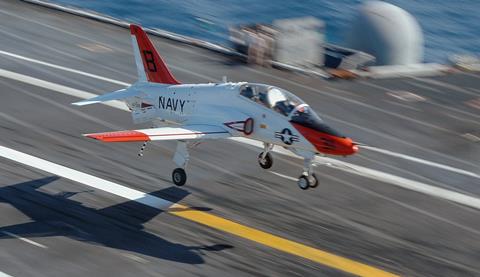
Potential bidders have been invited to participate in a virtual industry meeting on 17 April, with their RFI responses to be submitted no later than 30 April.
Candidates are likely to include the Boeing T-7A Red Hawk, Lockheed Martin/Korea Aerospace Industries TF-50N, and the Textron Aviation Defense/Leonardo-promoted M-346.
“The UJTS programme is on an accelerated procurement timeline to release a request for proposal (RFP) by December 2025 with a projected contract award in January 2027,” the USN says.
“The RFP will be for the engineering, manufacturing and development of the UJTS solution as well as the procurement of the first lot of low-rate initial production aircraft and limited quantities of ground-based training systems.”
It adds: “In an effort to ensure speed to IOC [initial operational capability], the government desires to keep the contractor development timeline to no more than three years in duration” between contract award and delivery of a first test aircraft.
Speaking to FlightGlobal at the Defence iQ Military Flight Training conference in Sardinia on 1 April, Jim Mlynarski, capture manager for Lockheed’s aeronautics business unit, said the TF-50N development draws on its team’s experience with producing aircraft for Poland and other customers. The airframer and its South Korean partner also previously offered a development of the T-50 to the US Air Force during its T-X competition, which was ultimately won by Boeing’s T-7A.
“We have got a hot production line [in South Korea] and can move quickly,” Mlynarski notes. A decision on where to locate a final assembly and check-out line for the jet in the USA if its campaign is successful has yet to be taken, but possible candidates are likely to include its aeronautics unit facilities in Fort Worth, Texas; Greenville, South Carolina; and Marietta, Georgia.
The current T-45 fleet delivers intermediate and advanced training for undergraduate USN and US Marine Corps aviators and flight officers. The navy’s requirement has previously been described as to cover up to 149 aircraft, although the new RFI does not provide an estimate.
Additional details about the requirement could be disclosed during the Navy League’s Sea-Air-Space event in Washington, DC from 7-9 April, while the US defence industry also awaits a possible decision on who will provide the service’s next-generation F/A-XX fighter.


